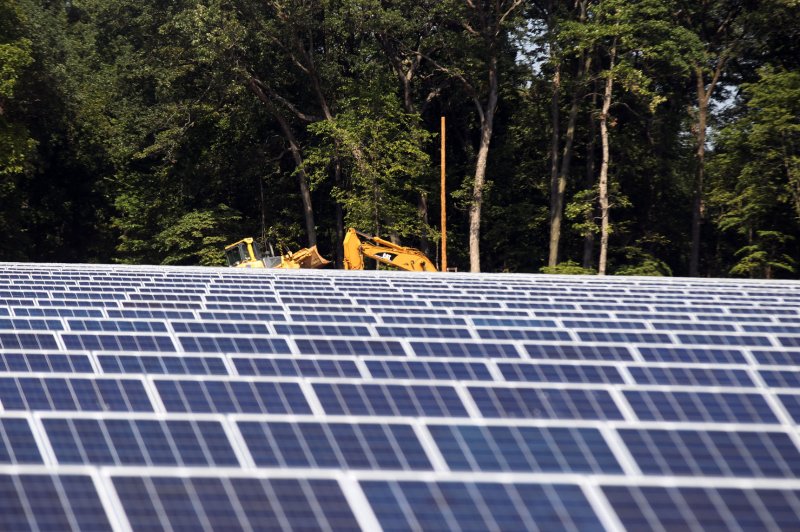SYDNEY, Dec. 8 (UPI) -- Researchers at the University of New South Wales in Australia have set a world record for solar efficiency by converting over 40 percent of the sunlight that hit their solar panel system into electricity.
They conducted tests outdoors in Sydney, and their results were confirmed by the National Renewable Energy Laboratory's (NREL) facility in the United States.















